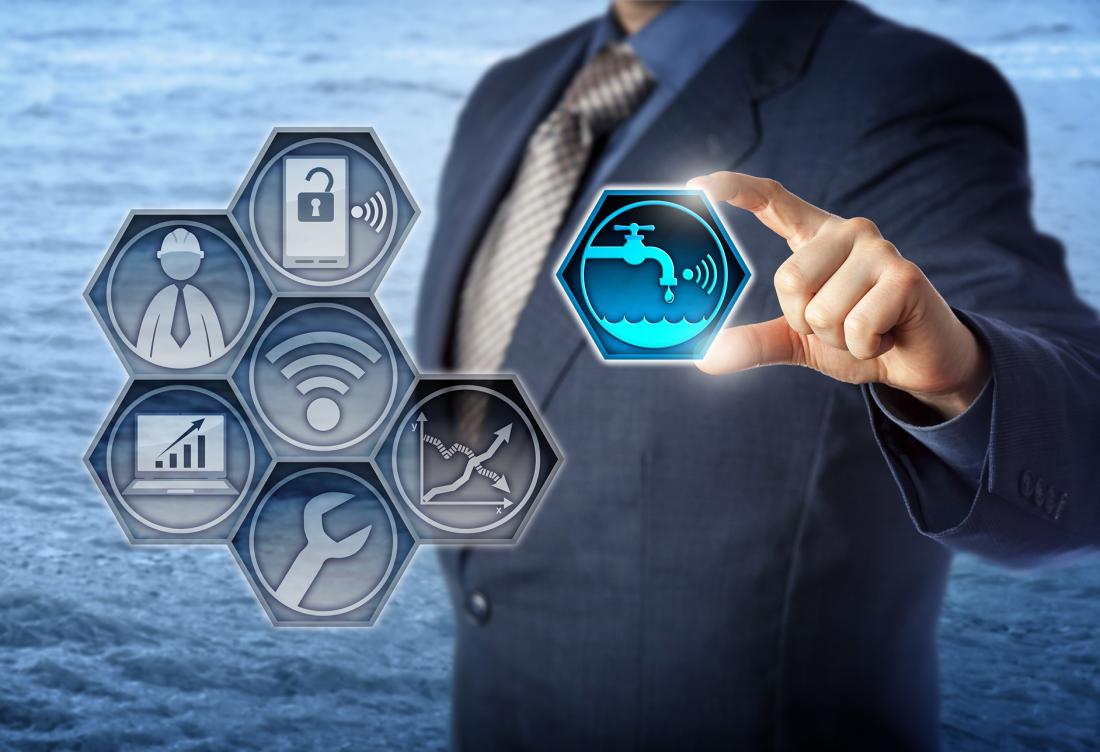Data, decision-making fuel for regional energy transition
Data, decision-making fuel for regional energy transition
Meeting environmental, energy, economic and societal challenges requires local authorities to undertake major operational transformations. By harnessing data, digital solutions can help bring about connected towns and cities.

OVERVIEW
The energy transition issue.
TAKING UP THE CHALLENGE
Data: transformation fuel.
Reference point
39 billion dollars lost in Non-Revenue Water.
Solutions
- Karteis: data mapper
Viewing data on maps to make better decisions. That’s what Karteis is all about. By covering all data processing, from its creation through to its reproduction in visual formats, this solution enhances data by making available a series of tools to serve the professional needs of those in the energy network and utilities management ecosystem. Aside from data mapping, Karteis incorporates monitoring, on-site investigation planning and financial inventory updates. Fully customisable, interoperable, upgradeable with IS components, and accessible without the need for any particular technical skills, this software package can be incorporated into your existing set-up, to make a shared database available to a series of applications and to help fast-track growth.
- Case study 1
More efficient sewage network operations
Under the terms of a sewage network dredging contract, a service provider must supply the commissioning intercommunal authority with information about the work undertaken. Using the nomadic application developed along the lines of Karteis, manufacturers can plan their teams’ work using attribute data from the client’s GIS, and input site data to feed the network's toolkit. At the same time, information produced by Karteis about the work done and materials used will help service providers to improve their processes.
- X7, meter-to-cash solution for utilities
The multi-fluid invoicing and customer management solution X7 covers all business functions within electricity and water companies, as well as sewage service providers. As well as the customisable reading-invoice-payment cycle (in line with local regulations), X7 generates a consolidated view of user data, giving organisations concerned the management and decision-making elements they need to improve the efficiency of their business and forge ahead in customer relations. At the heart of the corporate IS, this business solution cross-references commercial and technical data (meter readings, site work, GIS interfaces, etc.) to measure progress and highlight any failures, so as to define the required remedial strategies. By combining a 360° customer vision with enhanced operational process performance, X7 is working to improve overall network efficiency, service quality and customer satisfaction.
- Case study 2
Optimised water distribution and invoicing
A water supplier in a city in the Maghreb purchased X7 to make it easier to manage its 600,000 customers, and to monitor its activities. By incorporating the data from 23 existing systems, Inetum’s business solution allows the operator both to distribute water 24 hours a day, and to tighten up on customer identification and payment collection to reduce its “Non-Revenue Water”. Buoyed by this progress, the operator has gone on to expand its markets and now manages over 1 million customers.
- IUX, developing the “City-as-a-Platform”
A local data flow management and collection platform, IUX (Intelligent Urban Exchange) supplies all information required to operate intelligent cities. The solution models data from toolkits or data gathered in real time so that they can be used by different systems, with a view to converting them into maps, dashboards, recommendations and notifications, etc. IUX also supplies ready-to-use urban applications and data models designed to meet management needs in the most common fields (urban lighting, water leak detection, public transport, etc.). By sharing its global vision of local usage, IUX has devised the “City-as-a-Platform” concept so as to help urban areas to respond to their energy, economic, environmental, climate and societal challenges.
- Case study 3
Smart lighting to improve safety
One of Canada’s major cities is tackling both cost and efficiency by connecting IUX to its lighting system and gathering consumption data from each individual lamp. Cross-referencing criminal statistics, road accidents, weather forecasts and community warnings with this consumption data makes it easier to fine-tune street light hours management for each road, down to each individual lamp. Linked to LED lighting, this intelligent system can reduce electricity consumption by up to 70%.